Rhamnoneuron balansae Gilg, Nat. Pflanzenfam. [Engler & Prantl] iii. 6a (1894) 245.
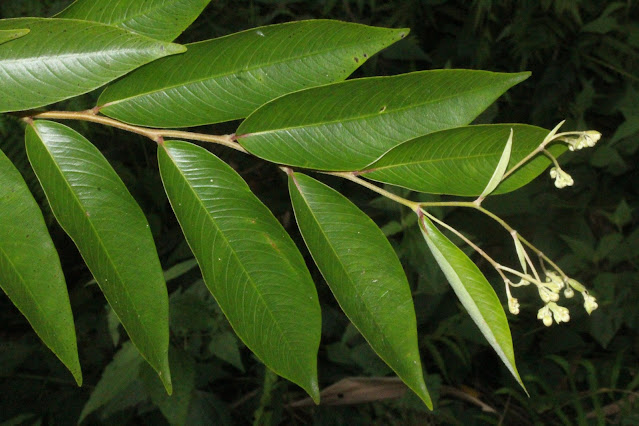 |
| Rhamnoneuron balansae Gilg, Photo by Hoang Thanh Son |
its native range is China (SE. Yunnan) to Indo-China.
Latin name:
Rhamnoneuron balansae Gilg
Family:
Thymelaeaceae Juss.
Synonyms:
Daphne balansae (Drake) Halda
Daphne rubriflora (C.Y.Wu ex S.C.Huang) Halda
Rhamnoneuron rubriflorum C.Y.Wu ex S.C.Huang
Wikstroemia balansae Maury
Vietnamese name:
Dó giấy; Dó gân; Dó balansa; Gió rừng; (Gió giấy).
English namee:
Do tree
Chinese name:
鼠皮树 - shu pi shu
Describtion:
Shrubs or small trees, to 2-4(-10) m tall. Branchlets erect, brown, slender, appressed hispid, glabrescent. Petiole 1-3 mm, sparsely pubescent; leaf blade ovate or oblong to lanceolate, (8-)10-19 × 2.5-5.5 cm, abaxially appressed pubescent, adaxially glabrous, base cuneate or broadly cuneate, rarely rounded, apex acuminate; lateral veins 19-24 pairs, slightly curved ascending, conspicuous. Inflorescences terminal and axillary, capitate, in panicles, 4-flowered; peduncle 1.5-2 cm, sericeous; involucral bracts 2. Calyx red, ca. 12 mm, exterior sericeous; lobes 4, erect, ovate, ca. 2.5 mm. Stamens 8, inserted in calyx tube; filaments ca. 1/2 as long as anthers; anthers oblong, ca. 1.5 mm. Disk cup-shaped, margin undulate. Ovary white hirsute; style short; stigma subglobose. Drupe fusiform, ca. 8 mm, abaxially white hirsute, covered by persistent calyx.
Distribution:
China South-Central, Laos, Vietnam (Lai Châu (Phong Thổ: San Tan Ngai), Yên Bái (Trấn Yên: Trái Hút), Vĩnh Phú (Phú Thọ: Phụ Hội), Lạng Sơn (Bắc Sơn), Hà Tây (Ba Vì), Hòa Bình (Đà Bắc: Núi Biện), Quảng Ninh (Quảng Hà, Hà Cối, Tiên Yên), Nam Hà (Ban Phet), Quảng Nam - Đà Nẵng (Trà My)).
Ecological:
Plants reproduce by seeds. Usually grows on the banks of moist streams, where there is little light, outside the mouths of tropical evergreen forests in the wet season, at altitudes not exceeding 1,200m.
Cultivation:
Flower and fruit season:
Flowering season November - June, fruit season March - October.
Ecology:
Plants reproduce by seeds. Usually grows on the banks of moist streams, where there is little light, outside the mouths of tropical evergreen forests in the wet season, at altitudes not exceeding 1,200m.
Chemical and Pharmacology:
Uses:
The bark of the tree trunk has many tough fibers, good for making sticks. Cure malaria, cough, dysentery (whole plant). Chest pain (Leaves).
Typus:
References:
https://www.ipni.org/n/832733-1
http://powo.science.kew.org/taxon/urn:lsid:ipni.org:names:832733-1
https://en.wikipedia.org/wiki/Cananga_brandisiana
http://tracuuduoclieu.vn/rhamnoneuron-balansae-drake-gilg-in-engl-prantl.html
http://www.efloras.org/florataxon.aspx?flora_id=2&taxon_id=220011513
Hyo-Moon Cho, Yae-Rin Lee, Ba-Wool Lee, Mi Zhang, Byeol Ryu, Du-Trong Nghiem, Ha-Thanh-Tung Pham, and Won-Keun Oh Journal of Natural Products 2020 83 (12), 3661-3670 DOI: 10.1021/acs.jnatprod.0c00885

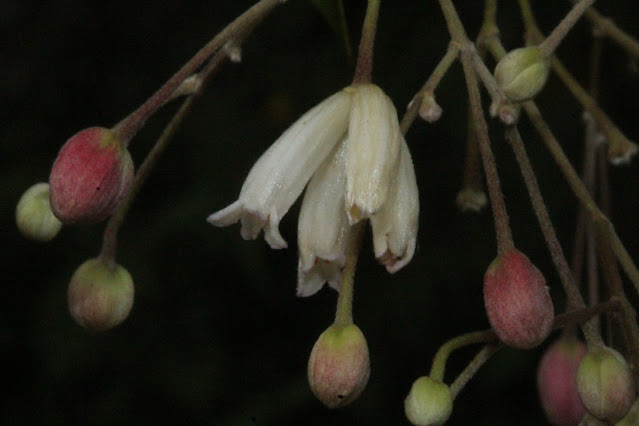
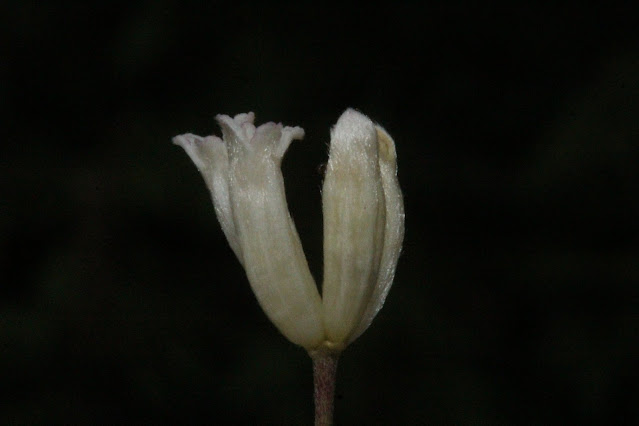
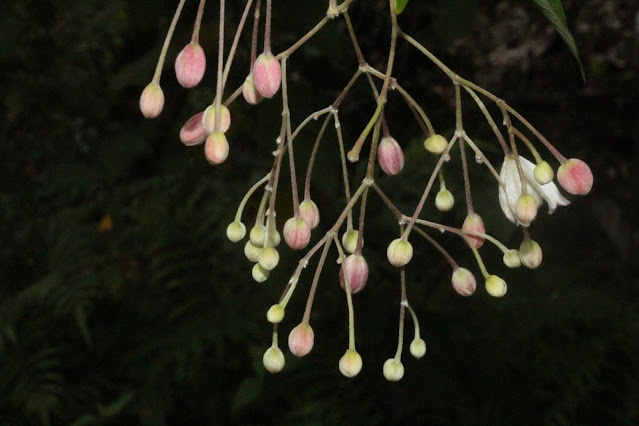
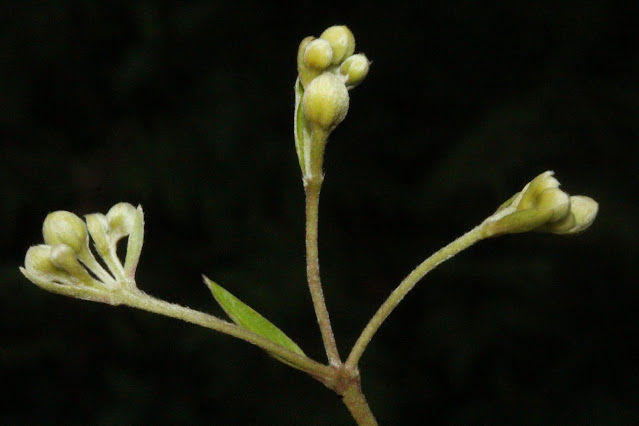
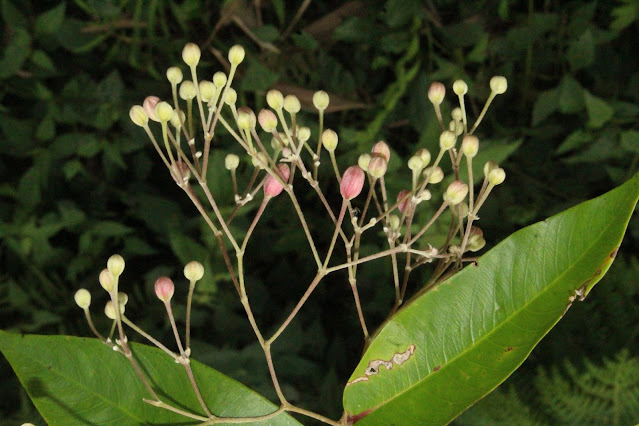
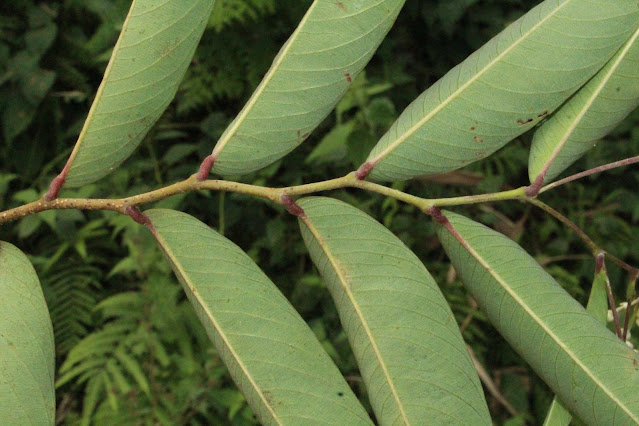
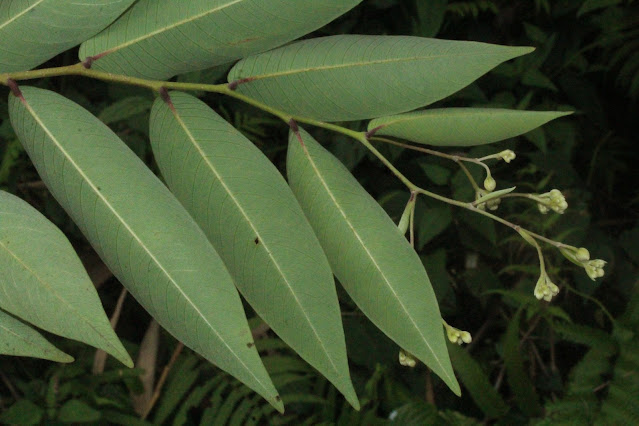
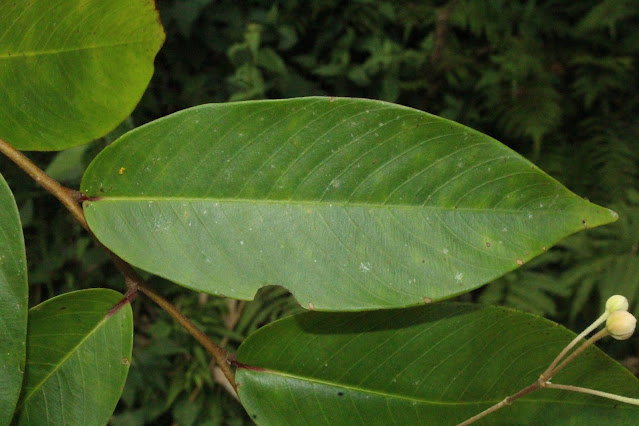
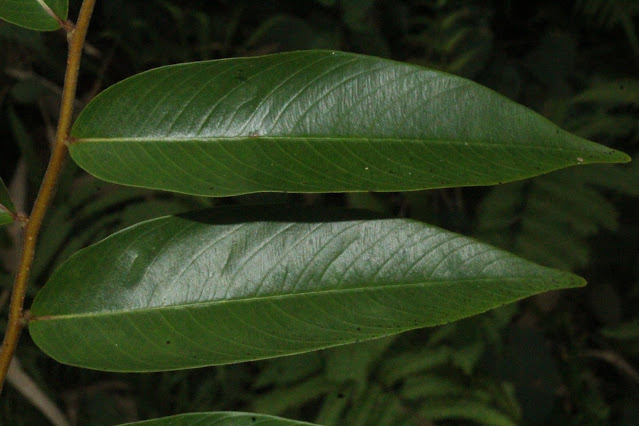

0 Comment:
Post a Comment